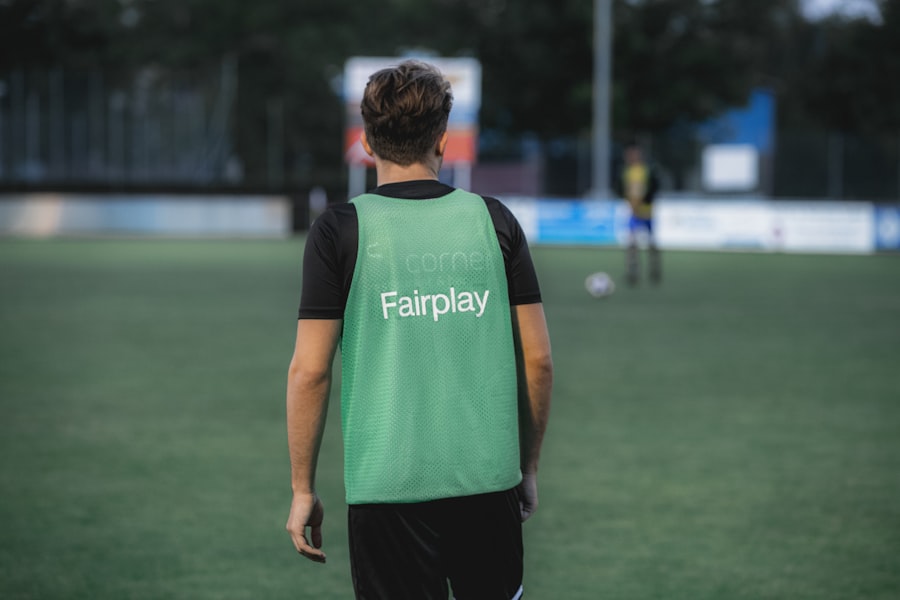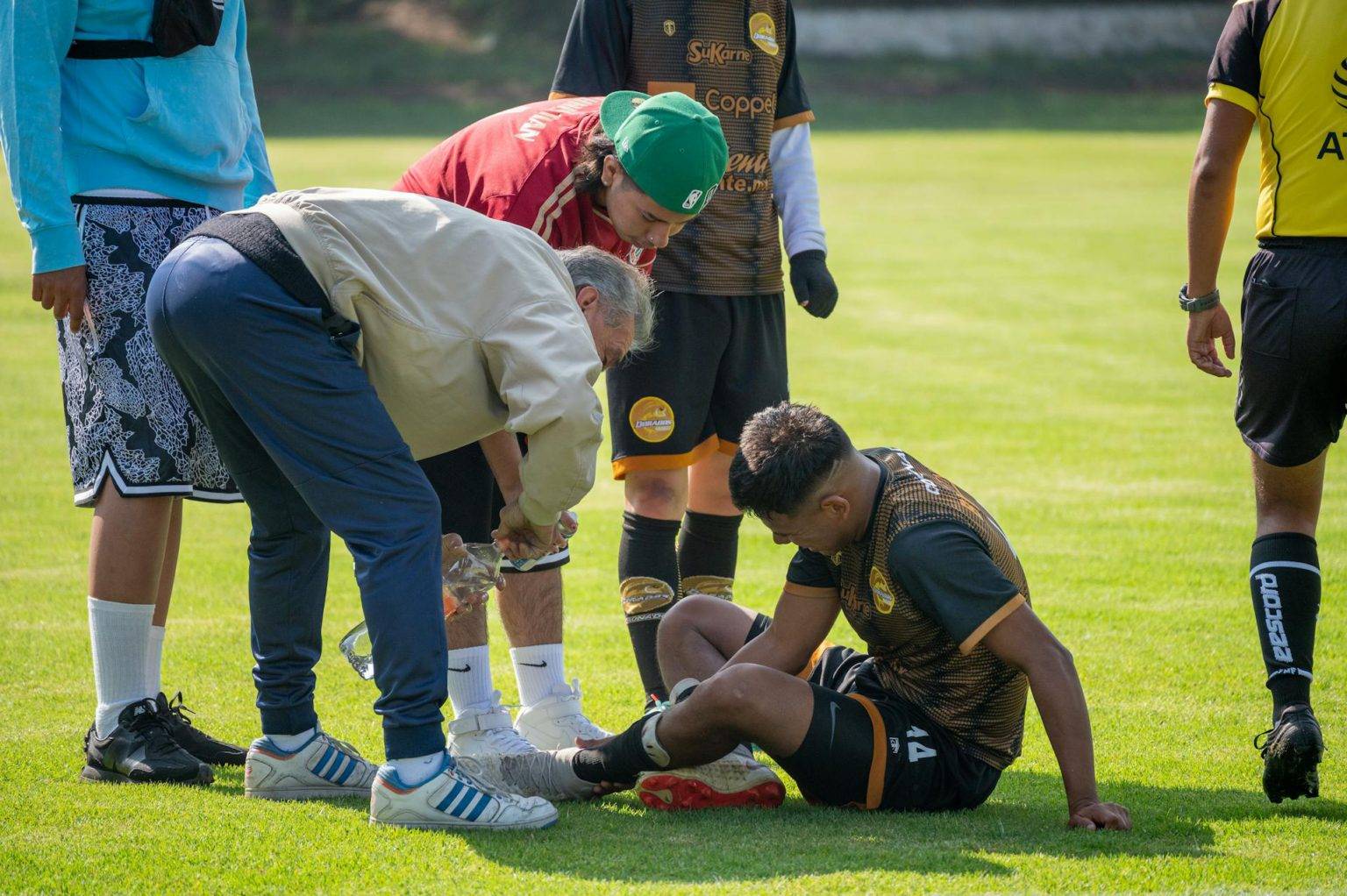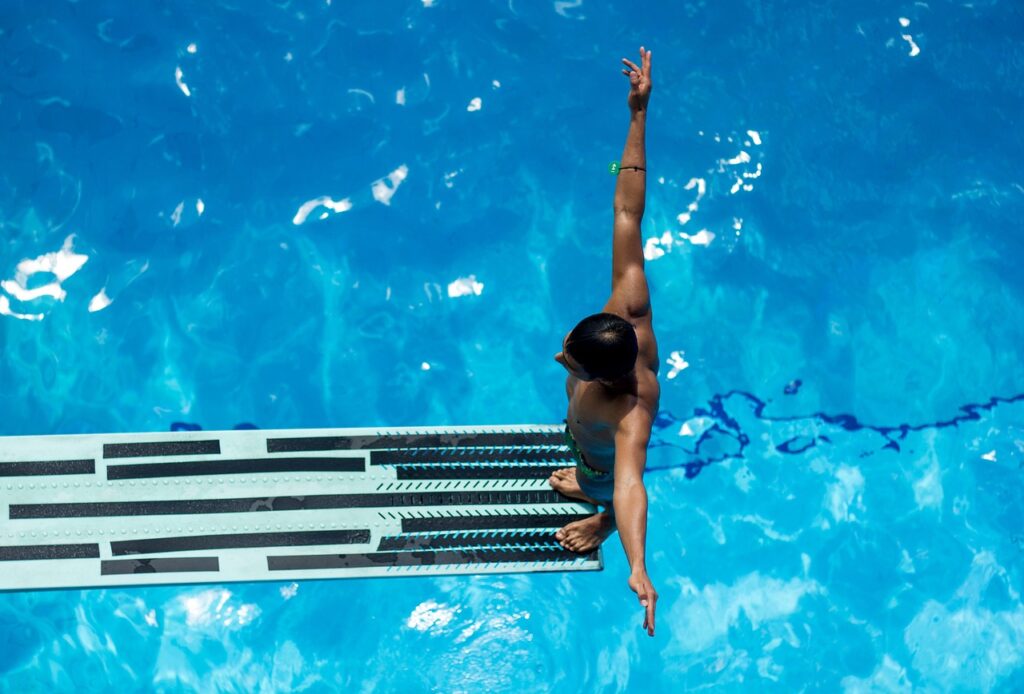Football is a high-impact sport that can lead to various injuries, especially knee injuries. The constant running, jumping, and sudden changes in direction put a significant amount of stress on the knees, making them vulnerable to damage. Knee injuries can be painful and debilitating, but with proper treatment and rehabilitation, players can recover and return to the game.
Common Types of Knee Injuries in Football
There are several common types of knee injuries that football players may experience. One of the most well-known is an ACL (anterior cruciate ligament) tear. This occurs when the ligament that connects the thigh bone to the shin bone is stretched or torn. Another common injury is an MCL (medial collateral ligament) tear, which affects the ligament on the inner side of the knee. A meniscus tear is another common injury, which occurs when the cartilage in the knee is torn. Patellar dislocation, where the kneecap slips out of place, and knee sprains and strains are also common in football.
Understanding the Severity of Football Knee Injuries
Knee injuries can range from mild to severe, depending on the type and extent of the damage. Mild injuries may involve minor sprains or strains that can be treated with rest, ice, compression, and elevation (RICE). These injuries typically heal within a few weeks with proper care. However, more severe injuries such as ACL tears or complex meniscus tears may require surgery to repair the damage. These injuries can take several months or even a year to fully recover from.
The Importance of Early Diagnosis and Treatment for Knee Injuries
| Metrics | Importance |
|---|---|
| Number of knee injuries | High |
| Cost of knee injury treatment | Expensive |
| Recovery time without early treatment | Longer |
| Chances of developing chronic knee problems | Higher |
| Success rate of early treatment | Higher |
| Impact on quality of life | Significant |
Early diagnosis and treatment are crucial for knee injuries in football. Seeking medical attention as soon as knee pain or discomfort is experienced can prevent further damage and speed up the recovery process. Delaying treatment can lead to more severe injuries and longer recovery times. A healthcare professional will be able to assess the injury and recommend the appropriate course of treatment, whether it be rest, physical therapy, or surgery.
Football Knee Injury Recovery Time: What to Expect
Recovery time for football knee injuries can vary depending on the type and severity of the injury. Mild injuries such as sprains or strains may take a few weeks to heal with proper rest and rehabilitation. More severe injuries, such as ACL tears or complex meniscus tears, may require surgery and can take several months or even a year to fully recover from. It is important for players to be patient and follow their healthcare professional’s guidance throughout the recovery process.
Rehabilitation and Physical Therapy for Football Knee Injuries

Rehabilitation and physical therapy are crucial for restoring knee function and preventing future injuries. A physical therapist will work with the player to develop a personalized treatment plan that may include exercises to improve strength, flexibility, and balance. Stretching exercises can help improve range of motion in the knee, while strengthening exercises can help stabilize the joint. Balance training is also important to improve stability and prevent future injuries.
Surgical Options for Football Knee Injuries
In some cases, surgery may be necessary for severe knee injuries in football. This is often the case for ACL tears or complex meniscus tears that cannot be adequately treated with conservative measures alone. Surgery may involve repairing or reconstructing the damaged ligament or removing or repairing the torn cartilage. Recovery time for surgical procedures may be longer than non-surgical treatments, and players will likely need to undergo physical therapy for several months to regain strength and mobility in the knee.
Preventing Knee Injuries in Football: Tips and Techniques
Prevention is key when it comes to knee injuries in football. Players can reduce their risk by wearing proper gear, including knee pads and supportive footwear. It is also important to warm up before games and practices to prepare the muscles and joints for physical activity. Using proper techniques when playing, such as maintaining good form and avoiding excessive twisting or pivoting motions, can also help prevent knee injuries. Coaches and trainers should educate players on proper techniques and provide guidance on injury prevention strategies.
Coping with the Emotional and Mental Impact of Football Knee Injuries
Knee injuries can have a significant emotional and mental impact on football players. The frustration of being sidelined, the fear of not being able to return to the game, and the anxiety about re-injury can all take a toll on a player’s mental well-being. It is important for players to seek support from family, friends, and mental health professionals during this time. Talking about their feelings and concerns can help players cope with the emotional challenges of recovery and maintain a positive mindset.
Success Stories: Overcoming Football Knee Injuries and Returning to the Game
Despite the challenges that come with knee injuries in football, many players have successfully recovered and returned to the game. With proper treatment, rehabilitation, and support, players can regain their strength and confidence. They may even come back stronger than before, armed with a greater understanding of their bodies and how to prevent future injuries. These success stories serve as inspiration for other players who may be going through their own recovery journeys, showing them that it is possible to overcome adversity and continue playing the sport they love.
In conclusion, knee injuries are a common occurrence in football, but with proper diagnosis, treatment, and rehabilitation, players can recover and return to the game. It is important for players to seek medical attention as soon as they experience knee pain or discomfort to prevent further damage. Recovery time varies depending on the type and severity of the injury, but with patience and dedication to rehabilitation exercises, players can regain their strength and confidence. By taking preventive measures such as wearing proper gear and using proper techniques, players can reduce their risk of knee injuries. And for those who do experience knee injuries, seeking support from loved ones and mental health professionals can help them cope with the emotional and mental challenges that come with recovery. With the right mindset and support system, players can overcome knee injuries and continue to pursue their passion for football.
FAQs
What is a football knee injury?
A football knee injury is an injury that occurs to the knee joint during a football game or practice. It can range from minor sprains to more severe injuries such as ligament tears or fractures.
What are the common types of football knee injuries?
The most common types of football knee injuries include ACL (anterior cruciate ligament) tears, MCL (medial collateral ligament) tears, meniscus tears, and patellar tendonitis.
What are the symptoms of a football knee injury?
Symptoms of a football knee injury may include pain, swelling, stiffness, instability, and difficulty bearing weight on the affected leg.
How are football knee injuries diagnosed?
Football knee injuries are typically diagnosed through a physical examination, medical history, and imaging tests such as X-rays, MRI, or CT scans.
What is the treatment for a football knee injury?
Treatment for a football knee injury depends on the severity of the injury. It may include rest, ice, compression, elevation, physical therapy, or surgery.
How can football knee injuries be prevented?
Football knee injuries can be prevented by wearing proper protective gear, warming up before playing, using proper technique, and maintaining good physical conditioning.




